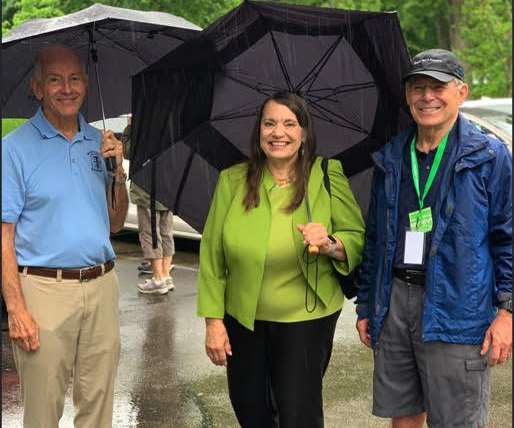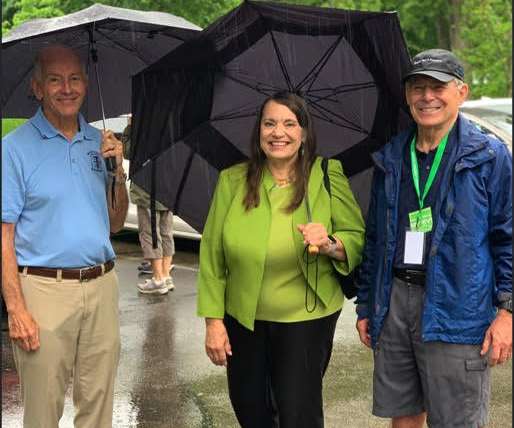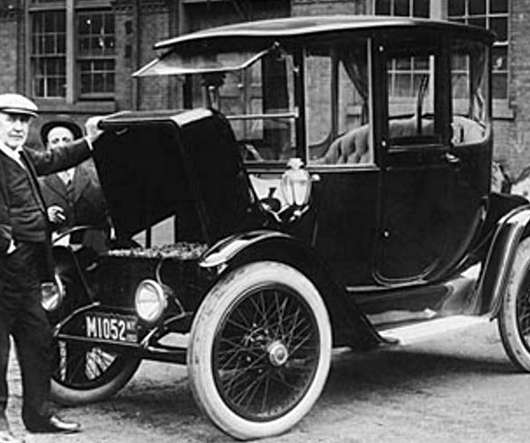Researchers use chemical looping process to produce hydrogen from hydrogen sulfide gas
Green Car Congress
SEPTEMBER 13, 2021
Researchers at The Ohio State University have used a chemical looping process to produce hydrogen from hydrogen sulfide gas—commonly called “sewer gas”. Compared with the undoped sulfur carrier, Mo dopant facilitates the surface hydrogen diffusion, thus promoting the overall H 2 S conversion. —Jangam et al.





































Let's personalize your content